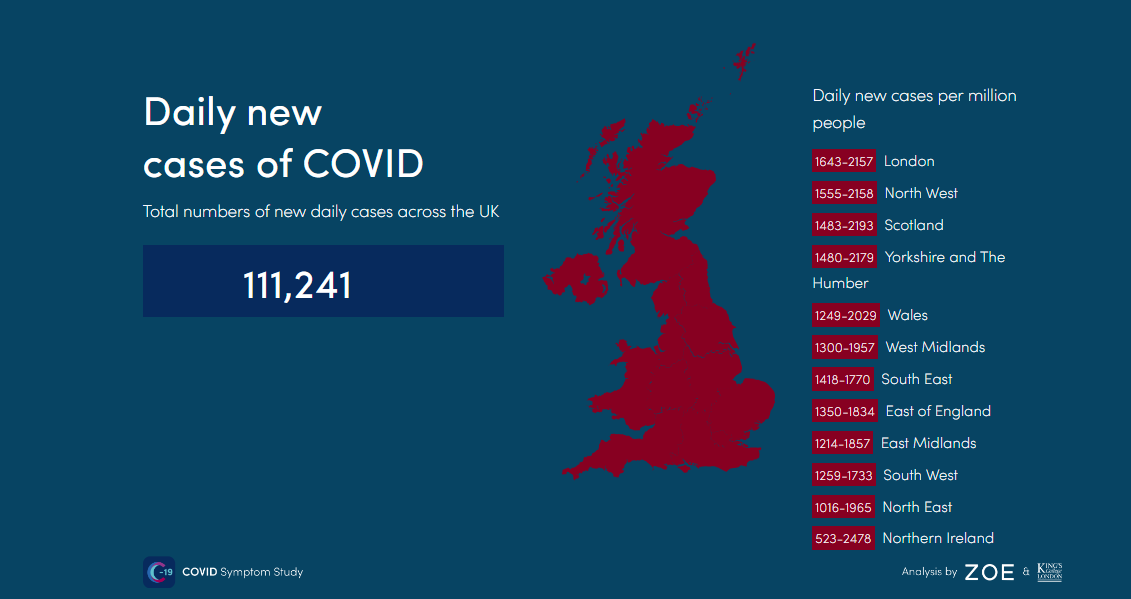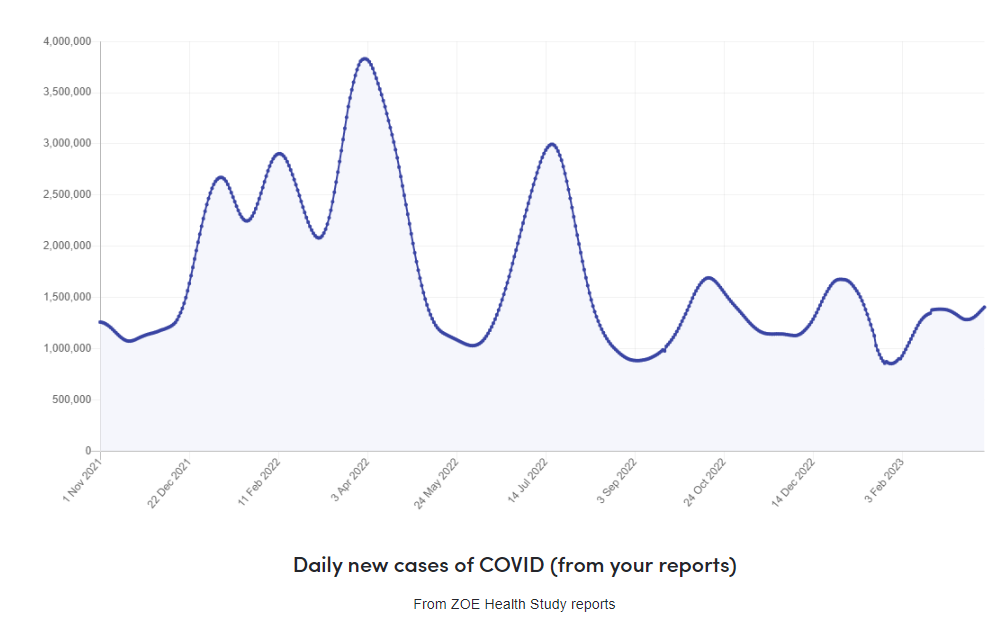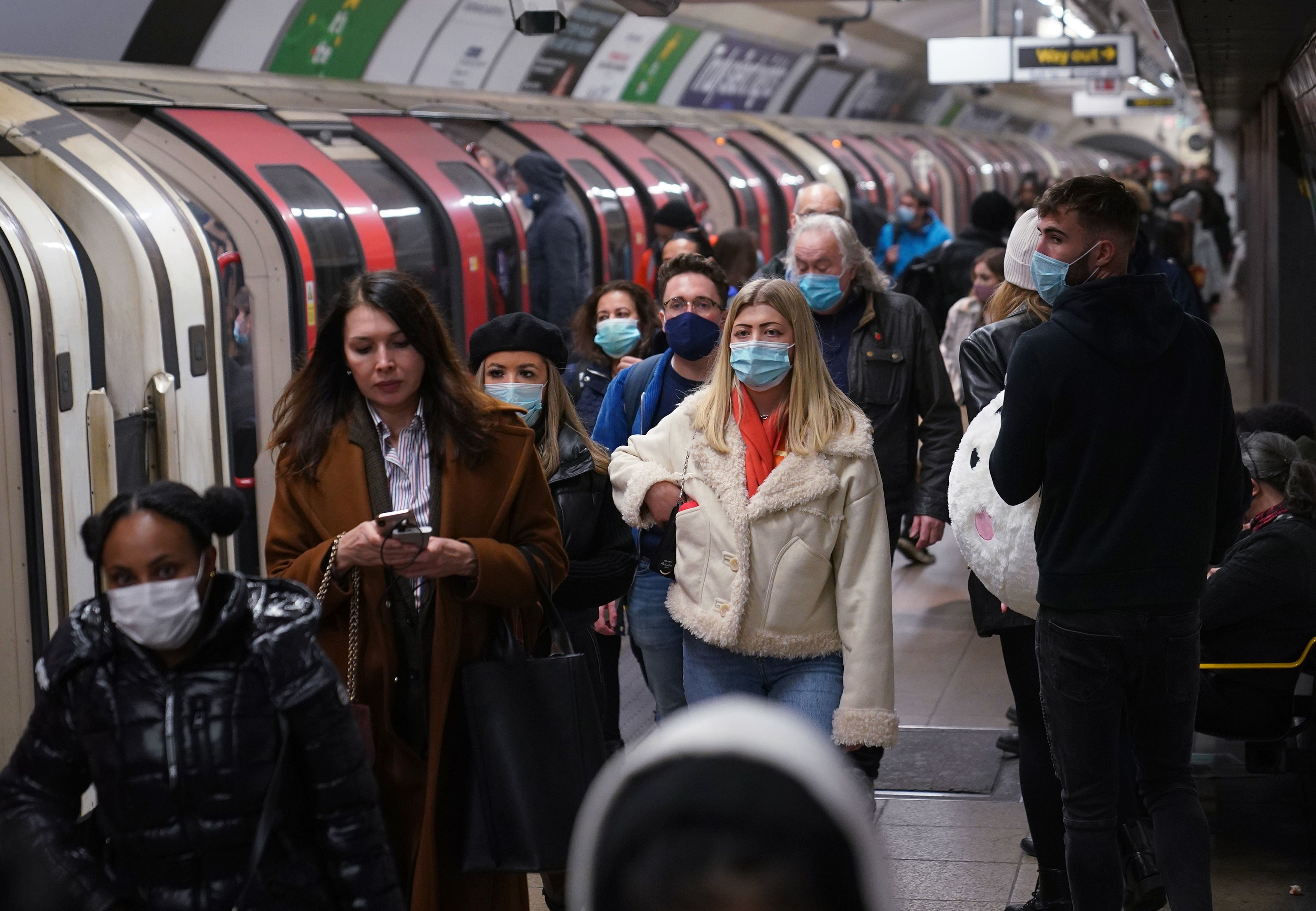Covid: Worst area for UK revealed as one in 40 Britons infected
Infections have been rising in the UK, according to the latest estimates, with experts warning of pressure on an already-stretched NHS
Your support helps us to tell the story
From reproductive rights to climate change to Big Tech, The Independent is on the ground when the story is developing. Whether it's investigating the financials of Elon Musk's pro-Trump PAC or producing our latest documentary, 'The A Word', which shines a light on the American women fighting for reproductive rights, we know how important it is to parse out the facts from the messaging.
At such a critical moment in US history, we need reporters on the ground. Your donation allows us to keep sending journalists to speak to both sides of the story.
The Independent is trusted by Americans across the entire political spectrum. And unlike many other quality news outlets, we choose not to lock Americans out of our reporting and analysis with paywalls. We believe quality journalism should be available to everyone, paid for by those who can afford it.
Your support makes all the difference.Covid cases are rising across Britain, prompting calls for people to come forward for booster jabs.
Hospital admissions for the virus are approaching a three-month high while the latest data from the Office for National Statistics suggests at least one in 40 people are infected in England.
The ZOE Covid infection survey, which has been monitoring symptomatic cases since the beginning of the outbreak, said that 1.4 million people are infected based on its latest results on Thursday, increasing from 1.2 million cases on 10 March – a 25 per cent rise.

According to the ZOE Covid survey figures, which are an estimation, London has the highest number of daily new symptomatic cases with 1643-2157 cases per million.
Meanwhile, according to the data, Northumberland is the worst area currently for Covid cases with an estimated 76,119 active cases per million.
Professor Tim Spector, the epidemiologist behind the ZOE Covid infection survey, said cold weather – which encourages people to mix indoors – and children are driving the rise.
Professor Danny Altmann, an immunologist at Imperial College London, called the surge “definitely something to worry about”. He said the UK was in a “rather serious situation” because of the waning vaccine immunity coupled with new variants.
Many cases of these Covid infections are “neither brief nor mild”, added Professor Altmann, who is a member of the Independent Sage group that advised the government during the pandemic.
He said: “They carry a reduced but significant risk of long Covid. This all puts strain on the infected, strain on the workplace, on the NHS and thus, on the economy.”

A push for people to receive their booster jabs will be rolling out in the coming weeks with the over-75s, care home residents and those aged five and over with a weakened immune system eligible for a top-up – the groups deemed most at risk of serious illness from the virus.
Professor Robert Dingwall, a sociologist who advised the government during the pandemic, said: “We should expect rates to go up and down a bit like any other respiratory infection.
“With the current state of knowledge, reintroducing masks is really theatre rather than practical infection control.”
Latest hospital data shows 1,189 people infected with Covid were admitted to hospitals in England on 13 March. It is the highest figure logged since the end of December and is not far off this winter’s peak of 1,376.
However, the latest data on cases from the ONS, which only goes up to 7 March has shown infections have flatlined at 1.3 million.

For months, health chiefs have warned about a rise in cases and hospitalisations driven by a host of Omicron sub-variants including Kraken (XBB.1.5) and Orthrus (CH.1.1).
Kraken was the dominant strain in the UK by the end of last month, causing 50.4 per cent of cases, according to ONS data, while Orthrus was behind at 19.7 per cent.
The latest Covid surveillance data from the UK Health Security Agency revealed cases appear to be highest in older people.
However, confirmations rely on people taking tests and old people living in care homes are more likely to have regular swabs.



Join our commenting forum
Join thought-provoking conversations, follow other Independent readers and see their replies
Comments